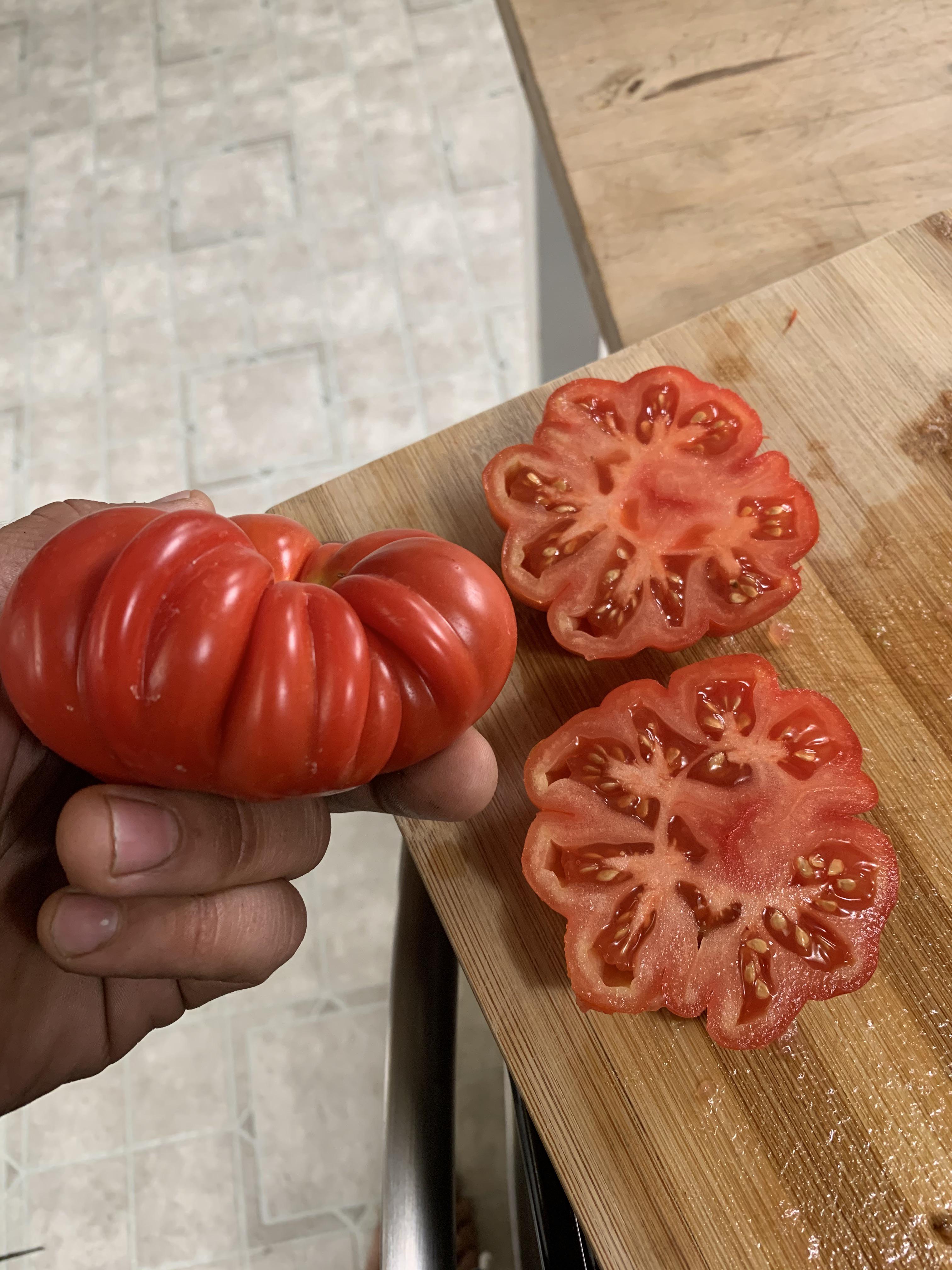1/1
the secret stories inside our garden heirlooms
When I open my old seed box, I feel like I’m holding hands with my grandmother again, standing in her backyard, the scent of tomatoes and marigolds filling the air. Back then, we saved seeds because we had to—money was tight, and every plant felt like a small victory. Today, I see my neighbors buying shiny new hybrids at the garden center, eager for perfect blooms and quick results. Sometimes I wonder: are we losing something precious in the rush for convenience? In our North American climate, heirloom varieties have survived harsh winters and dry summers, adapting over generations. My family’s beans, for example, always seem to thrive, even when my neighbor’s fancy imports wilt. Yet, at our local community garden, there’s a debate brewing—some folks say the old varieties look messy, not fitting with the neighborhood’s tidy image. Others, like me, argue that these plants are part of our heritage, and their resilience is a lesson worth preserving. This spring, after an unexpected frost, it was the heirlooms that bounced back first. I shared my extra seedlings with a young couple next door, and we ended up swapping stories about our families’ gardens. Still, the tension remains: should we follow the new trends, or honor the plants that carried our families through tough times? Every time I dig in the dirt, I’m reminded that gardening isn’t just about pretty flowers—it’s about memory, survival, and the choices we make together as a community. What do you think: is it time to let go of the old ways, or do these living heirlooms still have a place in our modern gardens? #heirloomgardening #familytraditions #gardenmemories #Gardening
2025-05-26
write a comment...
